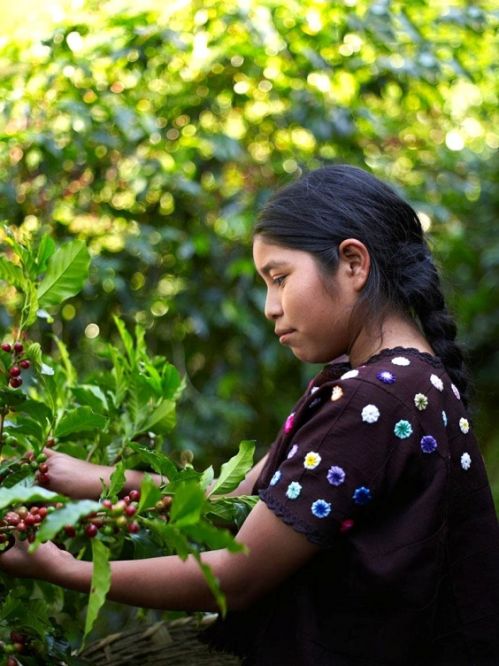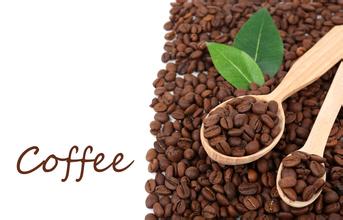Guava Plain Manor in Guatemala New Oriental producing area Coffee beans
Coffee beans come from the guava Plain Manor in the New Oriental region of Guatemala, which is located in the easternmost part of Guatemala, unlike Antigua, which is less than an hour's drive from the capital. New Oriental has to drive straight to the easternmost border with Honduras. The SL28 sun and washing batches introduced this time are customized micro-batches in cooperation with the manor owner. Cooperative micro-batches have become an important driving force for the promotion of top coffee, especially innovative micro-batches, through prior discussion with agricultural frequency and the commitment to guarantee the purchase price, providing farmers with incentives for designated batches of production has achieved our goal of flavor, quality and innovation.
Last year, a small amount of washed SL28 was produced in the guava plain, but this year, in cooperation with traders, new batches of sun-dried wine with unique flavor have been added. When cooperating with traders in this series, we have also communicated on the spot about the harvest standards and sun treatment methods (such as turning and drying days). From the results, it can be said to be a very happy harvest. In particular, SL28 is still a rare variety in Central America.
Wine sun flavor: pineapple, cantaloupe, dried apricot, sugared lemon peel, Bordeaux wine, green tea and cinnamon spices, full of sweetness and smoked plum aromas.
The SL28 variety is extremely rare in Central America. It originated from Lake Tanganyika in East Africa. It was discovered in 1931. It has broad and reddish leaves, can adapt to high altitude environment, and has excellent drought and disease resistance. It also has higher yield than traditional tree species and is unique in flavor. In 1935, the Scott Coffee Laboratory Scottish Laboratory named the variety SL,28 after the initial letter of the laboratory, which was the serial number of screening, and then it was planted in Kenya. At present, there are only a few manors with both strength and experience in Central American countries.
A bourbon line screened and cultivated by French and British missionaries and researchers in Kenya at the beginning of the 20th century. Over the past hundred years, it has adapted to the high concentration of phosphate soil in Kenya, giving birth to the special sour and fragrant spirit of Kenyan beans, which is different from bourbon beans in Central and South America. This Kenyan native species was created by Scott Laboratories in 1930, known as SL for short. Agronomists wanted to find a kind of bourbon with high yield and resistance to diseases and insect pests, and obtained SL28 through experiments. SL28 is a genetic variant with a mixed pedigree of French missionaries, mochas and Yementibica. The original goal of breeding SL28 was to mass-produce coffee beans with high quality and resistance to diseases and insect pests. Although the output of SL28 was not as large as expected, the copper leaf color and broad bean-shaped beans have great sweetness, balance and complex flavor, as well as remarkable citrus and black plum characteristics.

Important Notice :
前街咖啡 FrontStreet Coffee has moved to new addredd:
FrontStreet Coffee Address: 315,Donghua East Road,GuangZhou
Tel:020 38364473
- Prev

The treatment of Salvadoran Coffee beans
Unique, mild-tasting coffee. ElSalvador is one of the small countries in Central America with a dense population. The flavor of its coffee is characterized by excellent balance. Today, this coffee accounts for 40% of the country's exports. 35% of the extra hard beans of the best coffee are exported to Germany from January to March. In the early 1990s, guerrilla warfare greatly damaged the country's national classics.
- Next

Fine coffee Guatemala coffee bean producing area Guatemalan coffee raw bean specification
The extra-hard coffee beans here are full-grained, delicious and balanced, and the coffee made with them is pure and rich. Guatemala coffee once enjoyed a reputation as the best quality coffee in the world, but its quality also declined for a time. What is gratifying, however, is that its reputation is gradually being restored. In 1750, Father Jesuit introduced coffee trees to Guatemala, at the end of the 19th century.
Related
- Does Rose Summer choose Blue, Green or Red? Detailed explanation of Rose Summer Coffee plots and Classification in Panamanian Jade Manor
- What is the difference between the origin, producing area, processing plant, cooperative and manor of coffee beans?
- How fine does the espresso powder fit? how to grind the espresso?
- Sca coffee roasting degree color card coffee roasting degree 8 roasting color values what do you mean?
- The practice of lattes: how to make lattes at home
- Introduction to Indonesian Fine Coffee beans-- Java Coffee producing area of Indonesian Arabica Coffee
- How much will the flavor of light and medium roasted rose summer be expressed? What baking level is rose summer suitable for?
- Introduction to the characteristics of washing, sun-drying or wet-planing coffee commonly used in Mantenin, Indonesia
- Price characteristics of Arabica Coffee Bean Starbucks introduction to Manning Coffee Bean Taste producing area Variety Manor
- What is the authentic Yega flavor? What are the flavor characteristics of the really excellent Yejasuffi coffee beans?

